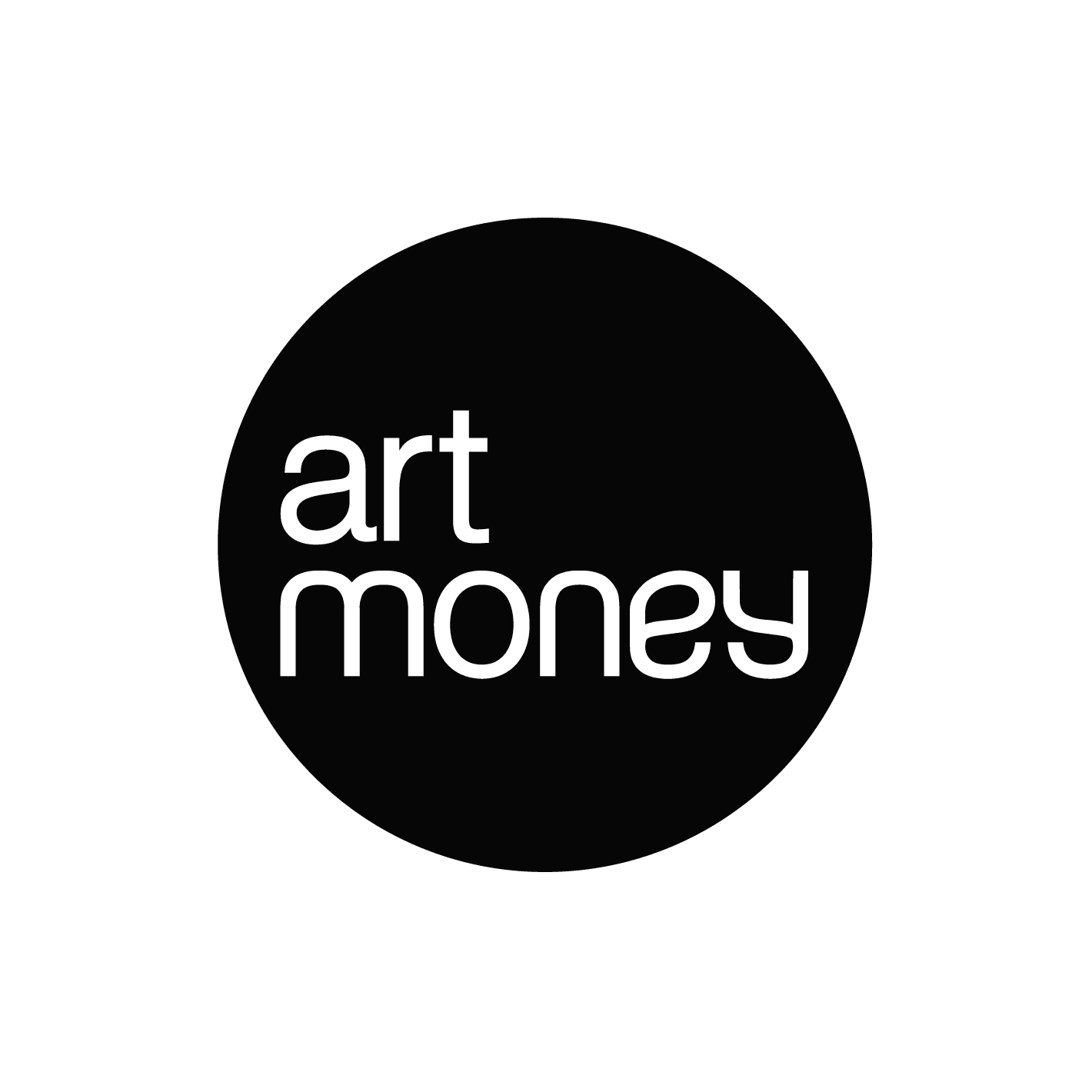When I was still a student, working on the final painting for my degree, something inside me began to break. I had intended to create a realistic, three-dimensional likeness of a friend. And in some areas, the brushstrokes obeyed — they formed a recognisable face. But in others, the paint resisted. It began to fragment, to spiral, to drift into abstraction. The more I tried to control it, the more it slipped. What I was wrestling with on the canvas mirrored what was happening inside my mind: I was descending into a psychotic depression, losing contact with reality. That moment — of trying to stitch realism and abstraction into one image while my grip on the world was dissolving — marked something that has never left me.
I paint now from a much safer place, but I return to that edge — carefully, deliberately — in every work I make. I begin with poured paint: acrylics that spread, pool, and collide into organic shapes I cannot entirely predict. They remind me of the parts of the brain we don’t control. Then, slowly, I reintroduce the figure — often my own children, who act as bridges to my earlier self. I don’t aim to tame the chaos of the paint, but to converse with it. This act — placing a tangible form into an unstable ground — is both therapeutic and symbolic. It allows me to revisit the trauma of my early breakdown, not as threat, but as memory.
Born in the USSR in 1982, I was a child at the moment when one system was collapsing and no clear new one had emerged. It was a time of confusion, revision, contradiction. That too lives in my paintings — the sense of blurred ground, of shifting narratives. I now live and work in the Cotswolds, where I paint in a studio at the Painswick Centre. It’s quiet here, and the quiet lets the past rise gently.
My style is not fixed. Sometimes the figure nearly disappears into the paint. Sometimes the forms stay separate, like two languages trying to understand one another. But I no longer see abstraction and realism as opposites. I see them as two sides of the same truth — the seen and the felt, the known and the barely held.
Painting is how I hold those contradictions without needing to solve them. It’s how I approach the most painful part of my past with softness, and without fear. I don’t want to return to that dark place. But I do want to keep learning from it — and painting gives me a way to do that.
